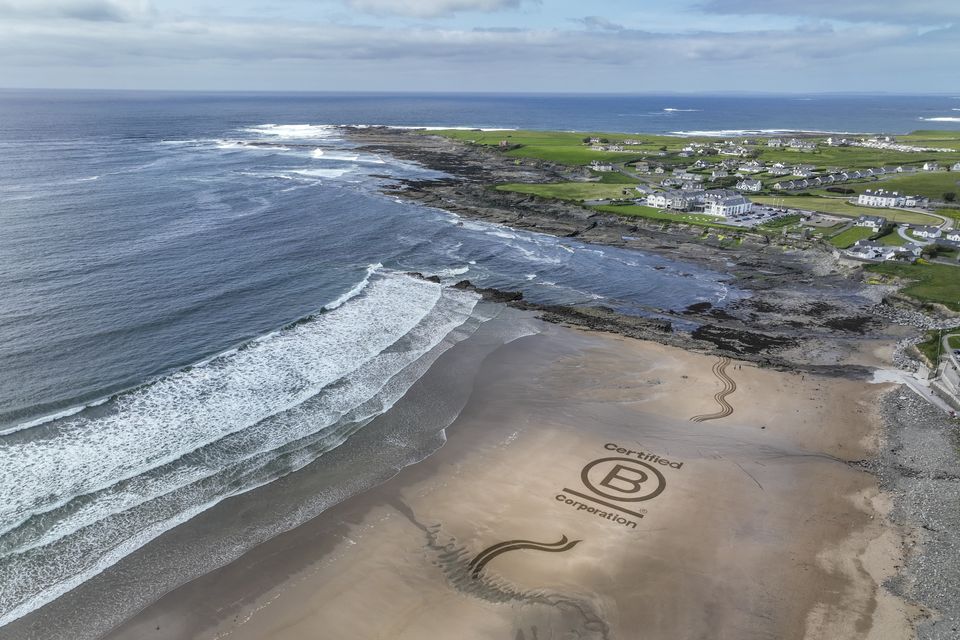Editors note: This story was originally published in November 2021. A silent November morning is suddenly interrupted by the distinct sound of deer quickly moving in your direction. A doe enters the clearing, zig-zagging with its tail out and head down.
It’s being chased and you know it. It passes by your stand and seconds later, a huge buck enters the clearing. Steam blows from his nostrils and its gait slows while it searches for a date.
Your crosshairs find their way to the buck’s shoulder and your finger to the trigger. The shot feels good and the deer disappears back into the woods. A crimson trail leads you a short distance and soon, you’re standing over your dream buck.
Now what? Now, so they say, “the work begins.” No matter the species, once a big game animal is dead, it must be taken care of properly. This process starts with timely recovery.
This is especially true during warm weather, which is becoming increasingly more typical here during Maine’s hunting seasons. Bears are particularly susceptible to spoilage during the early baiting season, as temperatures are regularly in the 70s and often 80s. As soon as oxygen and blood flow stop inside an animal, bacteria begin to take over.
At 40 degrees, a field dressed bear has roughly 12 hours before it begins to spoil, six hours at 50 degrees and three hours at 60 degrees. Cooler temperatures are your best friend when it comes to caring for your game animal but, regardless of temperature, the first step afte.


















